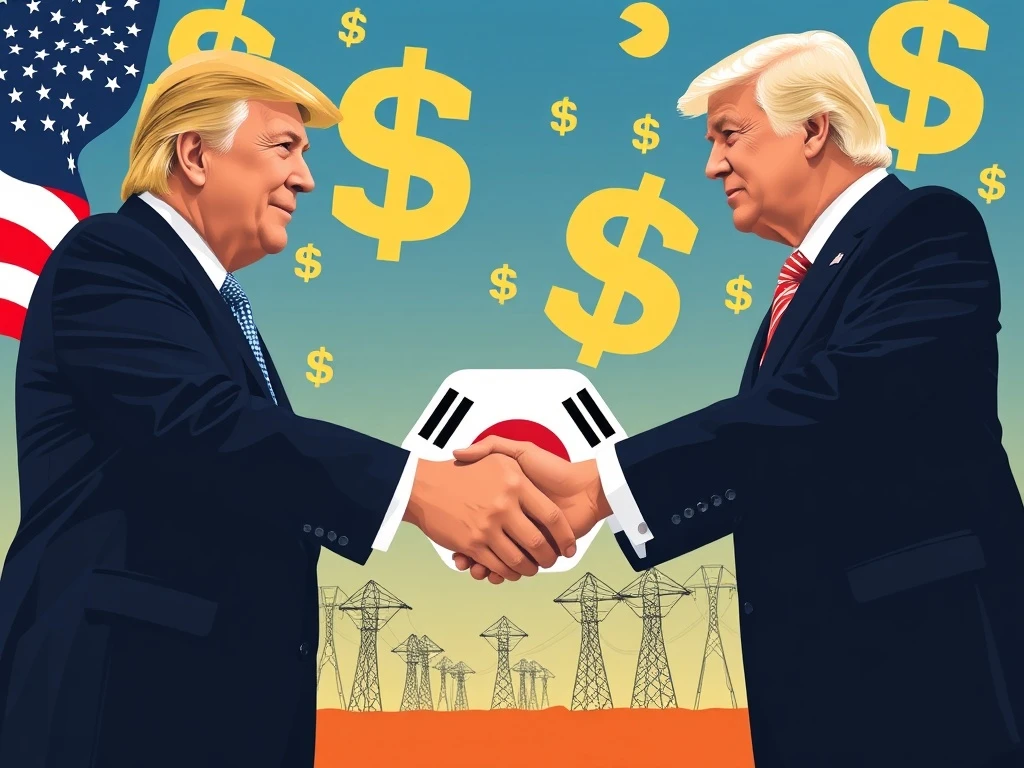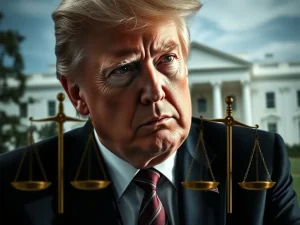Game-Changing U.S.-South Korea Trade Deal: 15% Tariff and $350B Investment to Boost Economic Growth

In a groundbreaking move, the U.S. and South Korea have finalized a trade deal that slashes tariffs to 15% and includes a staggering $350B investment. This deal could reshape economic ties and boost energy exports. Here’s what you need to know.
What’s in the U.S.-South Korea Trade Deal?
The agreement, finalized under Donald Trump, marks a significant shift from the previous 25% tariffs on South Korean imports. Key components include:
- A $350B investment from South Korea into the U.S. economy
- A 15% tariff on Korean exports to the U.S.
- A $100B purchase of American energy products
How Does the 15% Tariff Impact Trade?
The reduction from 25% to 15% is a major concession aimed at encouraging South Korea’s participation. While South Korea avoids tariffs on its imports, U.S. goods exported to South Korea will face a 15% tariff. Trump emphasized the U.S. would benefit, stating, “America will not be charged a tariff.”
$350B Investment: Where Will the Money Go?
The U.S. will select projects for the $350B investment, focusing on infrastructure and energy sectors. Analysts predict this could:
- Create jobs
- Stimulate domestic production
- Reshape the U.S. economic landscape
Challenges and Reactions
South Korea’s presidential office expressed disappointment over the 15% tariff on car exports, a key sector. However, the country agreed to the terms, highlighting the deal’s potential benefits.
What’s Next for the U.S.-South Korea Trade Deal?
The success of this deal hinges on execution and capital flow. Market observers speculate the total value could exceed $450B, including energy and investment components. This agreement reflects a mutual commitment to balanced trade and aligns with Trump’s economic strategy.
FAQs
What is the main benefit of the U.S.-South Korea trade deal?
The deal reduces tariffs to 15% and includes a $350B investment, boosting economic growth and energy exports.
How does the 15% tariff compare to previous rates?
It’s a significant drop from the previously imposed 25% tariffs on South Korean imports.
What sectors will benefit from the $350B investment?
Infrastructure and energy sectors are expected to see the most impact.
Why is South Korea disappointed?
South Korea is concerned about the 15% tariff on car exports, a key economic sector.
What is the total potential value of the deal?
Some estimates suggest it could exceed $450B, including energy and investment components.








